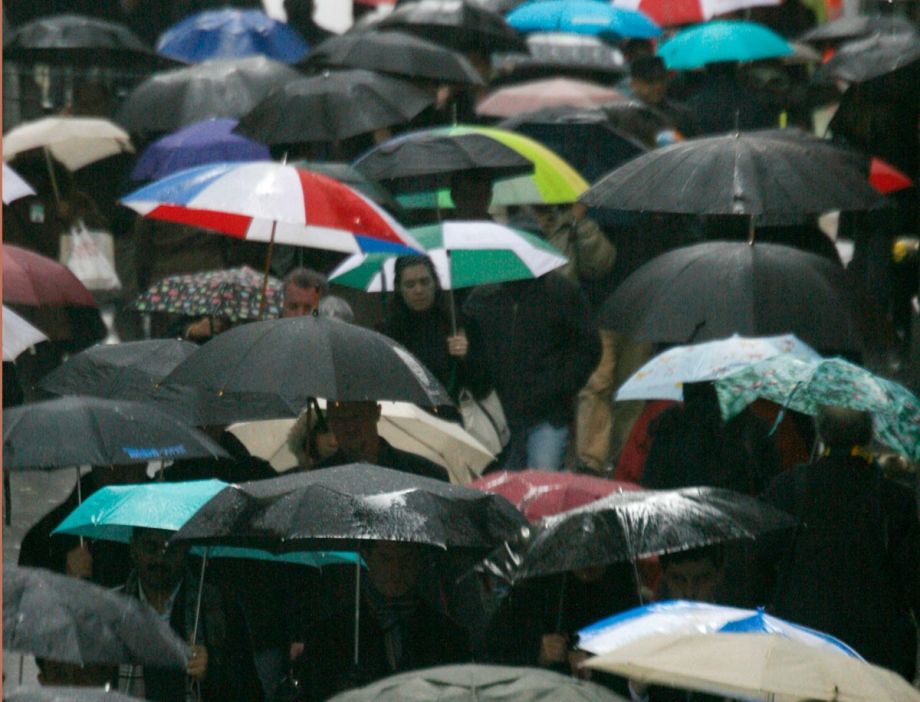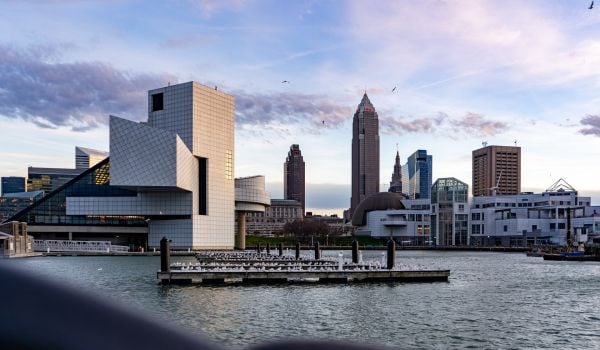From New York to Charlestown, South Carolina, to Oak Creek, Wisconsin, to Atlanta, cities and towns all over the U.S. are trying to figure out better ways to manage stormwater. Climate change impacts, including more frequent and intense storms and extreme flooding events, are stressing existing stormwater infrastructure leading to backups, flooding and increased pollution runoff.
Rather than investing in expensive upgrades to their grey infrastructure — traditional pipes, tanks, water treatment plants — many of the above cities are experimenting with green infrastructure such as permeable soils, plants, bioswales and retention ponds that filter pollutants out and release water back into aquifers.
“The conventional method is to just convey stormwater off the street and into sewers and treatment plants. It’s very expensive and separates water from natural ecology. Sustainable stormwater infrastructure captures and re-uses the water,” says Corinne Kisner, director of policy at the National Association of City Transportation Officials (NACTO).
Kisner co-authored NACTO’s new Urban Street Stormwater Guide. In it, NACTO makes the case that green stormwater infrastructure can be combined with transportation infrastructure projects to help cities meet their stormwater management goals, save money and, in some cases, make streets safer for walking and biking. The book looks at case studies from cities around the U.S. and provides guidance for building green stormwater infrastructure in transportation corridors.
Stormwater management is new territory for NACTO, which has previously published design guides for urban streets with transit and bikeways, but Kisner argues it’s a logical step.
“Given the amount of space streets take up in cities and the fact that streets create a ton of impervious surface space, they are an opportunity to make big changes in a city’s ecological impact,” she explains.
The guide provides a variety of green stormwater infrastructure designs for cities to implement, from major capital projects to low-cost neighborhood intersection treatments.
When St. Paul, Minnesota, built an 11-mile, $957 million light rail extension, it included $5 million in green stormwater infrastructure to reduce runoff and improve water quality. They used rain gardens, bio-retention planters, permeable paver stones and tree trenches. The green infrastructure mitigates approximately 50 percent of stormwater runoff, easing the burden on the traditional sewer system.
On the other end of size spectrum, the guide looks at a $420,000 intersection project in Philadelphia. The city eliminated a slip lane that enabled high-speed right hand turns from Stenton Avenue to East Washington Lane. In its place, they built a rain garden that reduces the amount of impermeable asphalt. “It’s more enjoyable to walk because the garden is nice to look at. It’s safer because the crossing distances are shorter,” says Kisner.
The guide has suggestions for permeable pavement applications, using rain gardens as barriers for protected bike lanes and curb bulb outs, replacing center medians with bioswales, installing bioswales on sidewalks and around bike-share stations and more.
“Cities have very limited street space,” Kisner says. “Green stormwater infrastructure helps find ways to integrate everything a city wants within the same physical street space.”
Perhaps unsurprisingly, NACTO says funding and the need for cross-departmental collaboration are two of the biggest challenges for cities interested in green stormwater infrastructure experiments. The city staff working on transportation is rarely in the same department as staff dealing with stormwater. Solving the latter problem can actually help the former, however.
In many of the guide’s case studies, cities were able to access stormwater and transportation grants for the same project.
“Part of what our guidebook steering committee got excited about was the opportunity to leverage one project with another and leverage transportation funding with stormwater funding to get a better project over all,” says Kisner.
She continues, “Cities are recognizing that climate change is our most urgent issue and are looking to make a difference with climate mitigation. Changing how we move around the city is important for mitigating greenhouse emissions. And changing stormwater infrastructure is important for mitigating climate impacts.”

Josh Cohen is Crosscut’s city reporter covering Seattle government, politics and the issues that shape life in the city.
Follow Josh .(JavaScript must be enabled to view this email address)
















